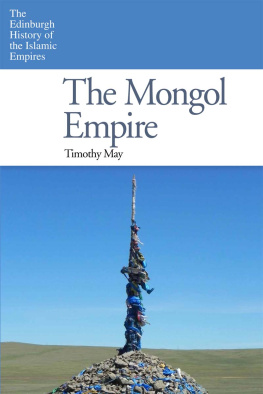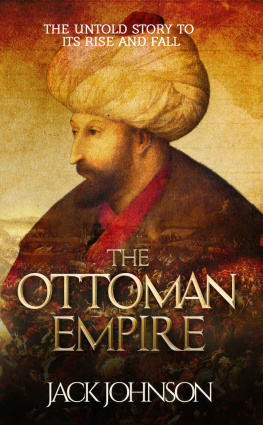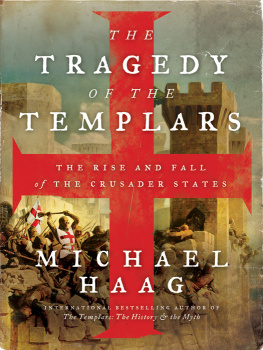THE AGE OF THE CRUSADES
The Near East from the eleventh century to 1517
A History of the Near East
General Editor: Professor P. M. Holt
* The Prophet and the Age of the Caliphates: the Islamic Near East from the sixth to the eleventh century
Hugh Kennedy
* The Age of the Crusades: the Near East from the eleventh century to 1517
P M. Holt
The Rise of the Ottoman Empire 13001574
C. Kafadar
The Decline of the Ottoman Empire 15741792
R. C. Repp and G. Piterberg
* The Making of the Modern Near East 17921923
M.E. Yapp
* The Near East since the First World War. A History to 1995 Second Edition
M. E. Yapp
* Medieval Persia 10401797
David Morgan
* Already published
The Age of the Crusades
The Near East from the eleventh century to 1517
P. M. Holt

First published 1986 by Addison Wesley Longman Limited
Eighth impression 1997
Published 2013 by Routledge
2 Park Square, Milton Park, Abingdon, Oxon OX14 4RN
711 Third Avenue, New York, NY 10017, USA
Routledge is an imprint of the Taylor & Francis Group, an informa business
Copyright 1986, Taylor & Francis.
All rights reserved. No part of this book may be reprinted or reproduced or utilised in any form or by any electronic, mechanical, or other means, now known or hereafter invented, including photocopying and recording, or in any information storage or retrieval system, without permission in writing from the publishers.
Notices
Knowledge and best practice in this field are constantly changing. As new research and experience broaden our understanding, changes in research methods, professional practices, or medical treatment may become necessary.
Practitioners and researchers must always rely on their own experience and knowledge in evaluating and using any information, methods, compounds, or experiments described herein. In using such information or methods they should be mindful of their own safety and the safety of others, including parties for whom they have a professional responsibility.
To the fullest extent of the law, neither the Publisher nor the authors, contributors, or editors, assume any liability for any injury and/or damage to persons or property as a matter of products liability, negligence or otherwise, or from any use or operation of any methods, products, instructions, or ideas contained in the material herein.
ISBN 13: 978-0-582-49302-5 (pbk)
British Library Cataloguing in Publication Data
Hot, P.M.
The age of the crusades: the Near East from the eleventh century to 1517. (A History of the Near East)
1. Crusades 2. Islamic Empire History 7501258 3. Islamic Empire History 12581517
I. Title II. Series
956.01 DS38.6
Library of Congress Cataloguing in Publication Data
Holt P.M. (Peter Malcolm)
The Age of the Crusades.
(A History of the Near East)
Bibliography: p.
Includes index
1. Islamic Empire History. I. Title II. Series
DS38.3.H65 1986 909.097671 84-27801
ISBN 058249303x
ISBN 0493021 (pbk.)
This volume is intended to offer the student and the general reader an account of the political history of the eastern Mediterranean lands from the eve of the First Crusade in the late eleventh century to the Ottoman conquest of Syria and Egypt in 151617. Although much has been written on some aspects of this period, notably the Crusades, for which European sources are abundant, others have been left in obscurity; there is, for example, no comprehensive modern treatment in English of the Mamluk sultanate, although this was the great power of the eastern Mediterranean for two hundred years and more. It is still true today that any general survey of developments in these centuries must be uneven in its treatment, sometimes because of an actual lack of primary source-materials, and often because of the irregular progress of research and publication in various parts of the field. My hope is, nevertheless, that this book will serve as an introduction to a fascinating period, relevant in one respect to the history of medieval Europe, whose rulers shared many of the political and administrative problems of their Muslim counterparts, in another to that of the modern Near East, whose peoples are the heirs of the regions past.
My thanks are particularly due to my former colleague, Professor V. L. Mnage, for his advice on the forms of Mamluk names. For anomalies and errors in this as in other matters, the responsibility is mine.
P. M. HOLT
Kirtlington
November 1984
We are indebted to Franz Steiner Verlag GmbH, Wiesbaden, for an extract from al-afad, al-Wf bil-wafayt, VI, ed. S. Dedering (Wiesbaden 1972), pp. 1824; and an extract from P.M. Holt (trans.), The memoirs of a Syrian prince (Wiesbaden 1983), pp. 1617. Also to the Editorial Board of the School of Oriental and African Studies, University of London, for permission to quote from Some observations on the Abbsid of caliphate of Cairo, BSOAS XLVII/3, 1984, pp. 5017.
We have been unable to trace the copyright holder in Kitb al-sulk li-marifat duwal almulk (Cairo 1970) and Kitb al-mawi wal-itibr bidhikr alkhia walthr (Beirut) and would appreciate any information that would enable us to do so.
Names and Titles
There was an elaborate system of nomenclature among the medieval Arabic-speaking peoples. In full, each individuals name consisted of four elements:
- The personal name (Arabic, ism). This was most commonly Arabic, e.g. Amad, Fima, or Quranic, e.g. Ibrhm, Maryam, but many warriors and rulers bore Turkish or Mongol names, e.g. Aktay (meaning White colt), Salmish for the Mongolian Slemish.
- The formal name (kunya), sometimes inaccurately called the patronymic. Originally this was a courteous way of indicating or addressing a person without using the ism. These names are of the form Ab and Umm , i.e. Father of , Mother of . It might indicate actual parenthood, e.g. the Prophets kunya was Abul-Qsim from the name of his son al-Qsim. In this period the kunya is usually metaphorical, e.g. Abul-Fut, The Father of Victories, i.e. The Victorious.
- The patronymic proper (nasab) indicating the individuals father or extended pedigree. This takes the form ibn or bint , i.e. son of , daughter of , abbreviated b. or bt. The abbreviation B. stands for Ban literally Sons of indicating a tribe or clan. The ancestry is always shown in the male line. Since the fathers of Mamluks were almost always unknown, Mamluks had the conventional nasab ibn Abdallhi, i.e. the son of Abdallh.
- The generic epithet (nisba) indicating a group (religious, ethnic or otherwise) to which the individual belonged, e.g. al-Yahd (the Jew), al-Mir (the Egyptian), al-Kurd (the Kurd), al-li (the Mamluk of al-li). The nisba was an adjective ending in - (masc.) or -iyya (fem.) and several might be appended to a name.
A ruler, a member of a ruling group or a dignitary might have a title or honorific (laqab) prefixed to his name. Apart from titles of office (e.g. al-suln, al-wazr), there are in this period two types of laqab which are of an honorific nature:
- Of the form al-Malik (the King) followed by an adjective, e.g. Nr al-Dns laqab of al-Malik al-dil (the Just King). Laqabs of this type were borne by all male members of the Ayyubid clan, whether or not they were actual rulers. Under the Mamluk sultanate, a laqab was usually borne only by a reigning sultan.
Next page
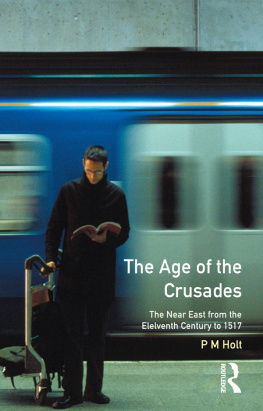
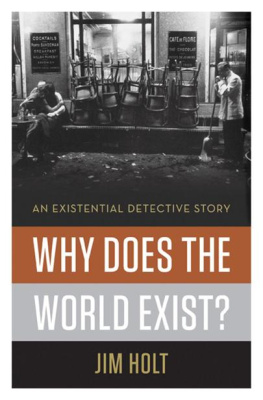
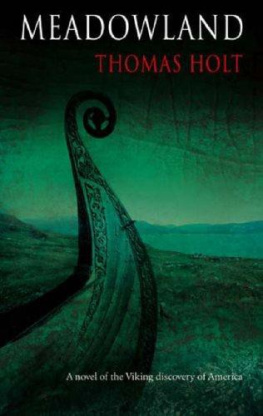

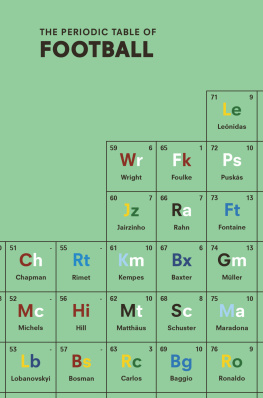
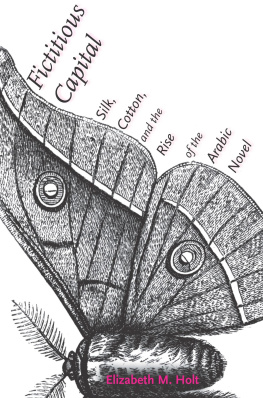

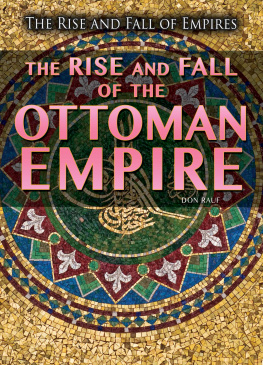

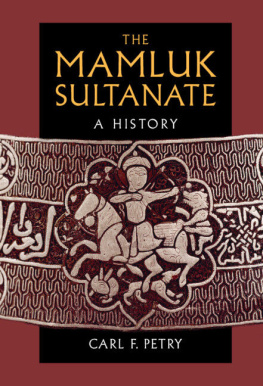
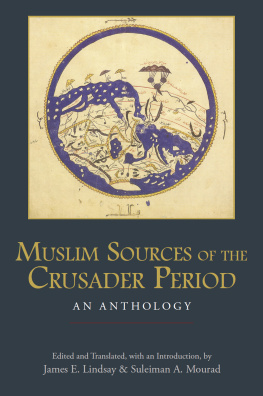
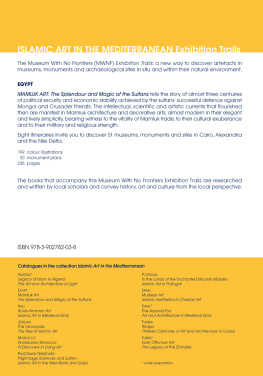
![Timothy May - The Mongol Empire [2 Volumes]: A Historical Encyclopedia](/uploads/posts/book/143064/thumbs/timothy-may-the-mongol-empire-2-volumes-a.jpg)
